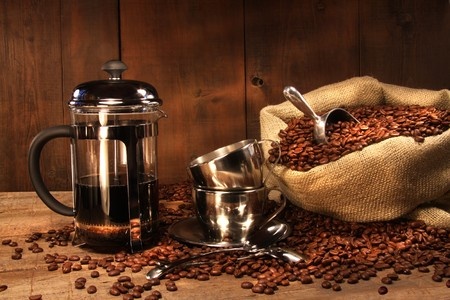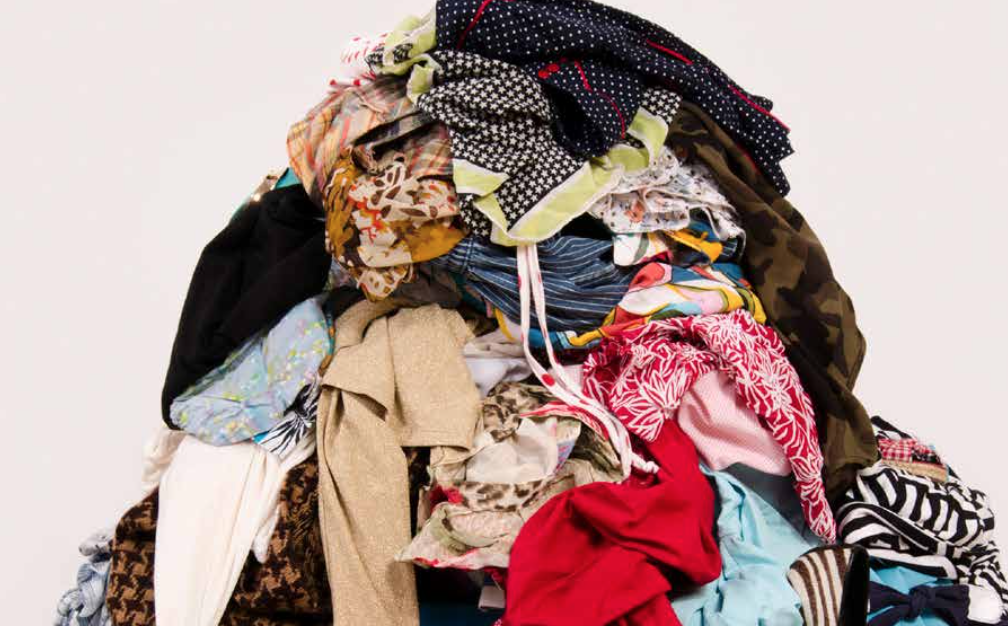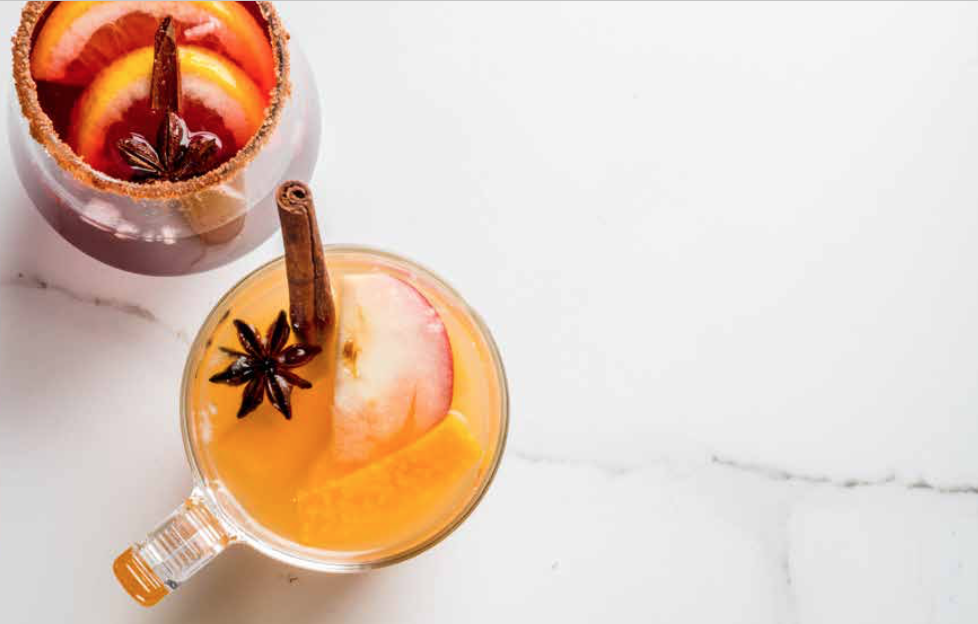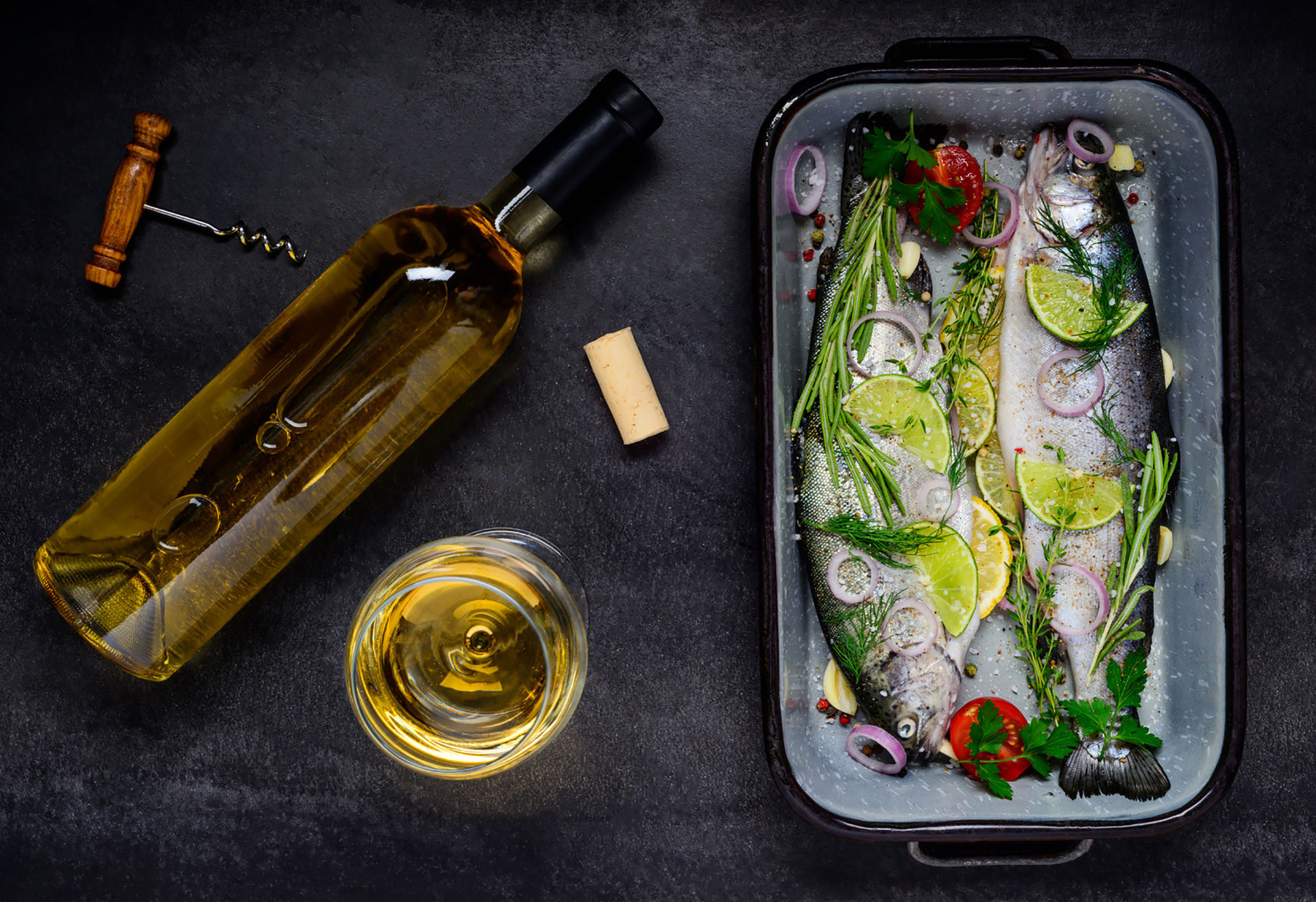
The Delicious Simplicity of Cold-Brew Coffee

HOME BREW
If you ever thought about moving beyond your trusty ol’ drip machine but didn’t know how, this is your gateway.
By Mike Madaio
Five years ago, while serving as the director of education at the Wine School of Philadelphia, Zach Morris—yes, that’s his real name—presided over perhaps the greatest wine tasting I’ve had the pleasure of attending. Though the pours—Grand Cru Burgundy—were outstanding, it wasn’t just what was in the glass that left such an indelible mark. Morris’ palpable enthusiasm for the material made the region and its winemakers come alive.
He’s earnest and easygoing, but what’s immediately evident about Morris is his unquenchable thirst to know. Everything. At the wine school, his ability to digest even the most obscure details about a plethora of regions, producers and methods was uncanny. Curious as his decision to open a café may have seemed from the outside looking in, there could be no doubt that he’d approach Green Engine Coffee Co. with the same voracious appetite.
We meet at his Haverford café, where I planned to test the limits of his relatively newfound knowledge. I needed to know how to make a better cup of coffee. I finally arrived at the point in my life where I was ready to make an effort beyond setting the timer on my drip machine. Morris lights up and starts talking cold brewing straightaway.
“The beauty of cold brew is its simplicity. It’s almost no work. If you can grind and weigh, you just set it and forget it,” he says. “And you can use pretty much any vessel for brewing.”
The catch is the required steep time: at least 12 (and up to 24) hours per batch. In other words, planning ahead is mandatory.
“It’s just like barbecue, low and slow,” Morris says. “But the flipside of advance prep is that cold brew keeps well, especially when stored in an airtight, dark environment like your fridge.”
Beyond organization and patience, the grinding is the most critical part of cold brewing. Set your burr grinder to “coarse.” (If you’re not grinding your own beans, invest in a burr grinder. (See below.) Regardless of the brewing method, it’ll prove essential. And you’ll notice a difference in the taste of your coffee within the first sip. And every one thereafter.)
Once the beans are ground, use a two-to-one ratio of water to grounds. “But you can adjust that based on how strong you want it,” Morris says. Mix them thoroughly in a French press, ideally, then lower the plunger to the water line and let it sit overnight. Come the morning, lower the plunger the rest of the way. Morris, a perfectionist, suggests filtering, but I’ve seen consistently excellent results using just the press’s strainer.
[divider]The Cold Brew Essentials[/divider]
Morris shares his ideal set-up. —MM
Capresso Infinity Conical Burr Grinder | $100
It’s a great value. It’s easy to adjust, very precise, and it also happens to be one of the least messy burr grinders I’ve come across.
Smart Weigh Digital Back-lit Touch Screen Pocket Scale | $16
This is our ever-reliable backup at the café. Special features aside, the only one that matters when it comes to weighing coffee and water is that the scale measures to a tenth of a gram.
Bodum Chambord French Press | $50 (34 ounces)
There’s little difference between brands—there’s not a whole lot to the French press—but the Bodum is the OG.
Rival Bros. Coffee | $12.50-$17.75
These are the beans that we use at Green Engine. They’re roasted in Philly, and they never arrive anything short of the peak of freshness.
KoHi Brewing App | $3
Taking pride in brewing your coffee gets addictive really fast. This app’ll come in handy when you start obsessing over tenths of grams and temperatures.










